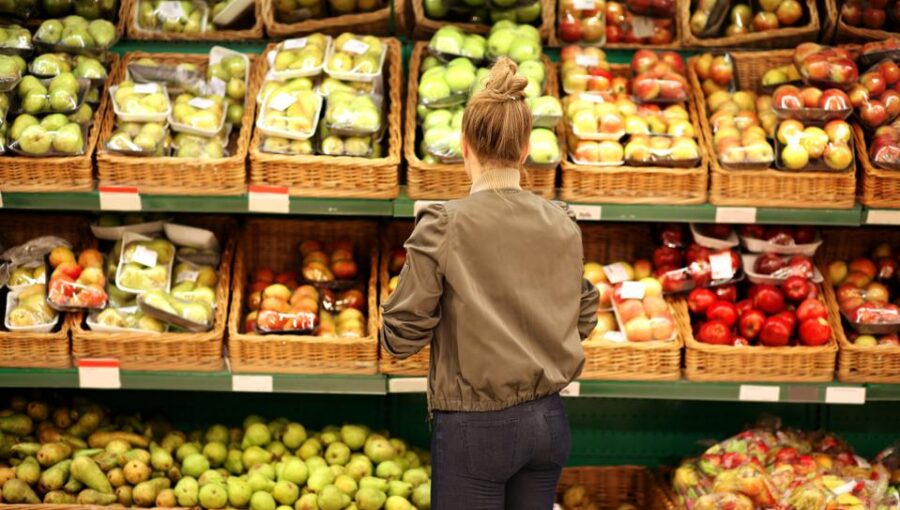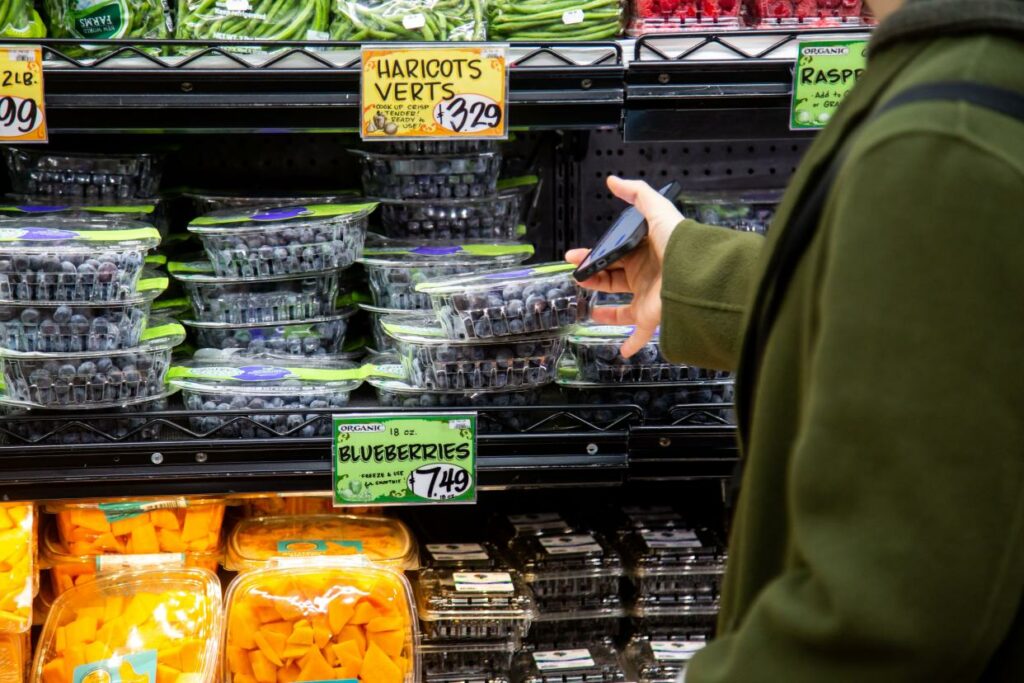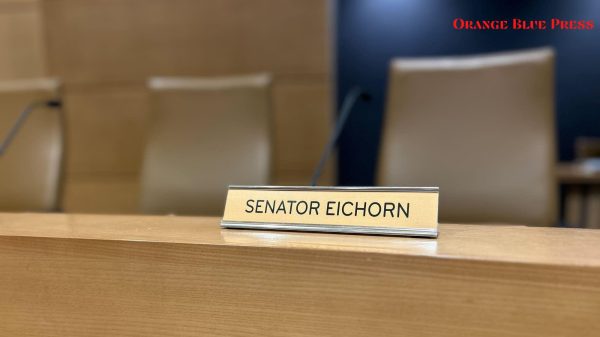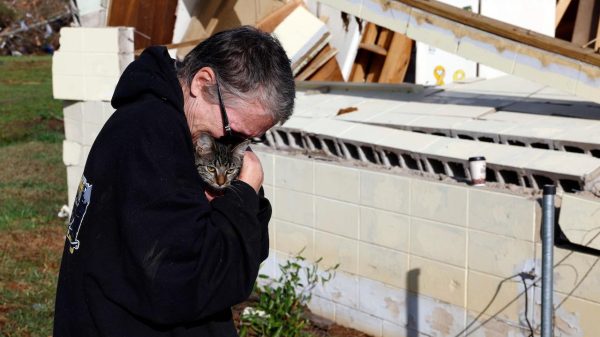
Enhanced food aid expires at the end of the month. (Photo: Forbes)
Miranda Pelley of Buchanan, Michigan, is counting the days until the federal government’s enhanced food aid expires at the end of the month. The increased pandemic assistance has saved her and her five children, all under nine.
Pelley is one of many households in 35 states that continue to receive increased Supplemental Nutrition Assistance Program (SNAP) benefits from the federal government. According to the Department of Agriculture (USDA) the Enhanced Food Aid is set to expire in February. The other 15 states had already ended the extra assistance.
The expiration of the benefit, which has been credited with reducing child poverty and hunger, could increase food insecurity, forcing families to rely on a patchwork system of assistance to fill the gaps.
READ ALSO: FDA To Improve U.S. Food Supply

Enhanced food aid expires at the end of the month. (Photo: Business News)
SNAP benefits effectively combat hunger, but recipients continue to face challenges.
When the pandemic began in the spring of 2020, and the unemployment rate rose to 13%, Congress increased the number of SNAP benefits in two stages. According to Whitmore Schanzenbach’s research, this added an extra $95 to $340 to a household’s regular monthly benefit, which averaged $229. To some, this may be a small amount, but to many impoverished families, the enhanced food aid goes a long way.
According to Whitmore Schanzenbach’s analysis, the emergency SNAP benefits reduced food insecurity by approximately 9%. Black households with children saw an 11% decrease in child hunger, while Hispanic families saw a 14% decrease in food insecurity relative to their income.
As the enhanced food aid comes to an end, many households face the dilemma of how they will continue to feed their families.
READ ALSO: Vulnerable Families in NYC Left Hungry and Helpless as EBT Fraud Grows




















